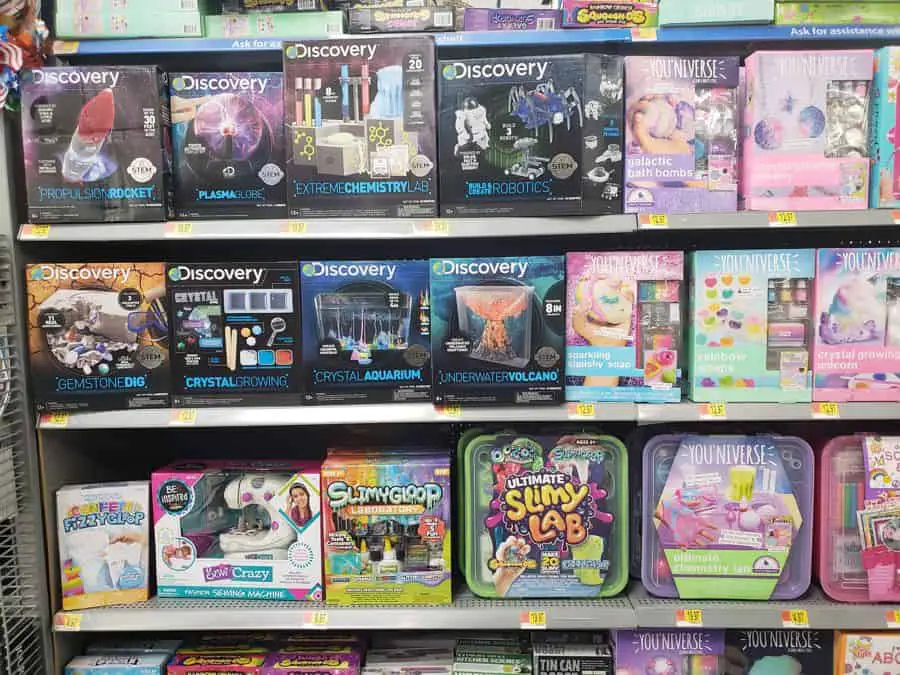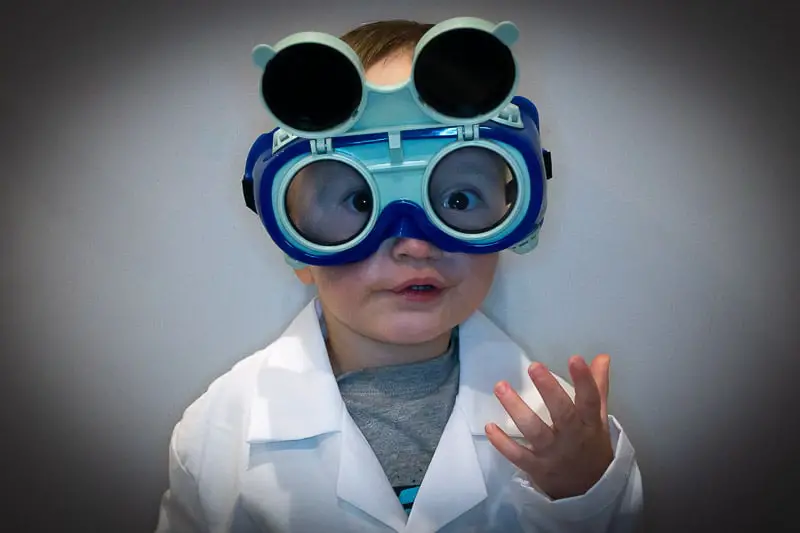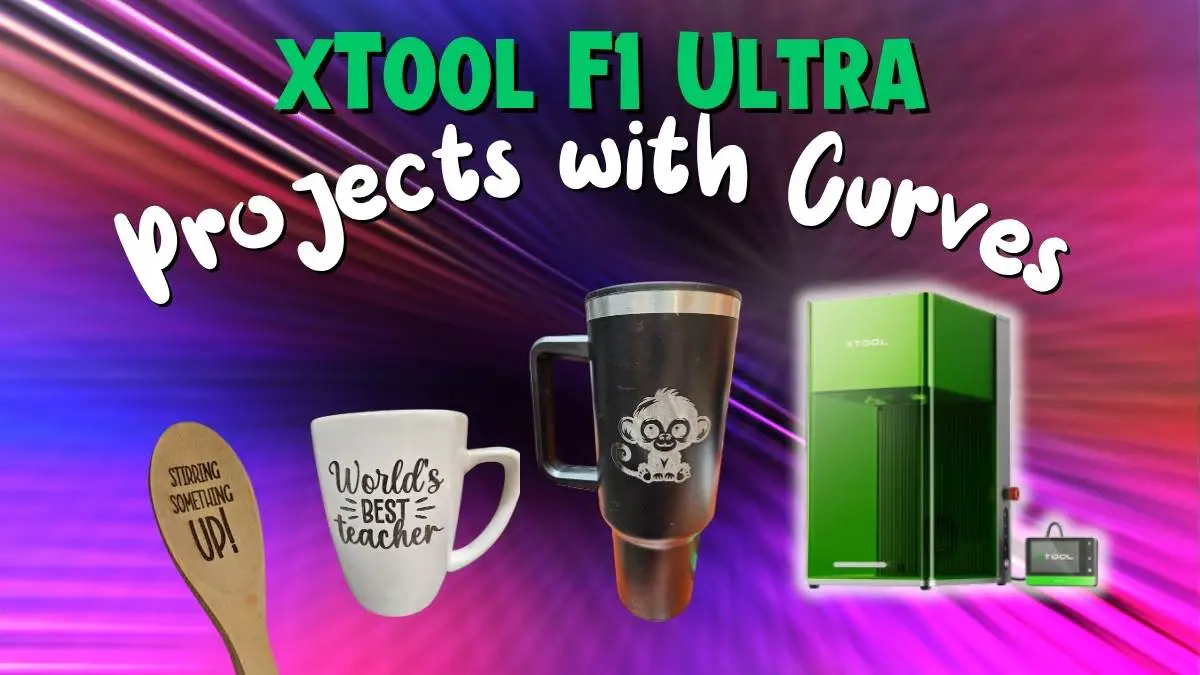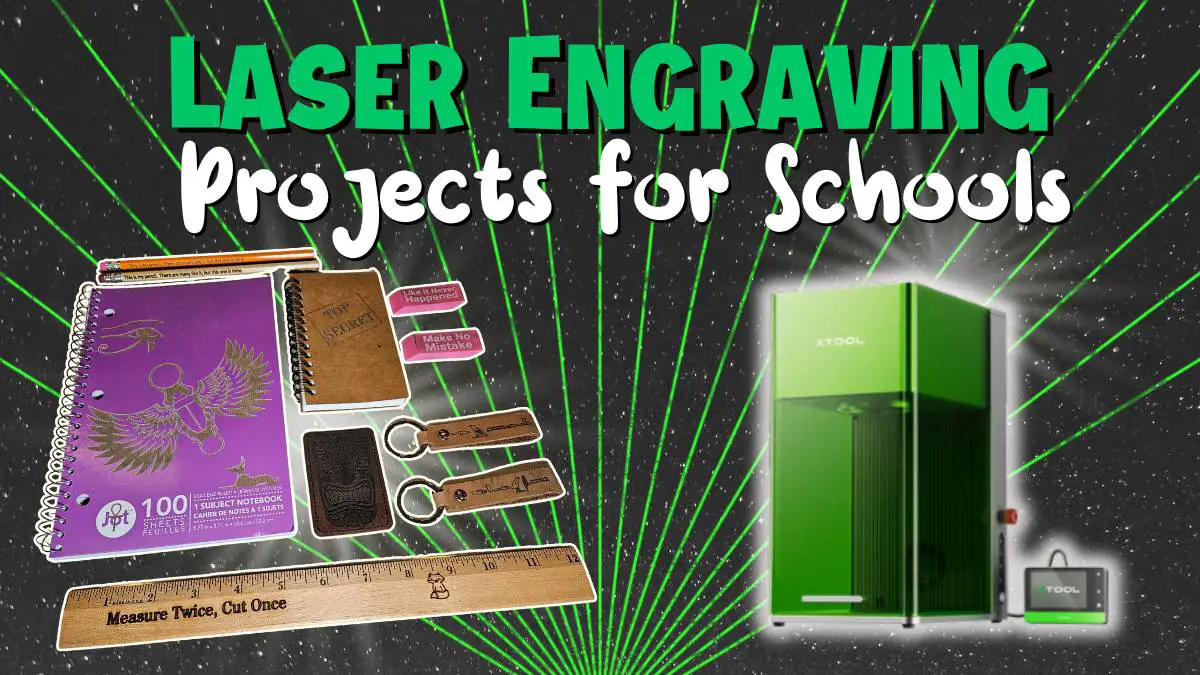When discussing or reading about education, it’s hard to avoid the topic of STEM. We’re not talking about plant or valve parts in this context. So, what does STEM mean, especially in reference to STEM in education?
What is STEM?
STEM is an acronym for Science, Technology, Engineering, and Mathematics, outlining an integrated way of teaching these topics.
STEM has been building quite a buzz in recent years, though it has been with us for some time. Originally introduced in 2001 by the National Science Foundation as “SMET,” Dr. Judith Ramalay (then an assistant director at the NSF) suggested rearranging the acronym to “STEM” for something with a better ring to it. Good move.
You may have also heard about STEAM, which is closely related to STEM education, though STEAM is a larger topic for another post.
Order of the letters aside, STEM is not a new subject. Instead, it is a blended approach of presenting the curriculum in a way that fosters problem solving skills and real world applications.
To further understand what STEM means and the impact it has on education, let’s take a look at where we started:
Traditional Education vs STEM
Education focused around the “Three Rs“; reading, writing, and arithmetic. (We’ll ignore the fact that only one of the 3 R’s actually starts with an R. Perhaps someone needed a bit more of the reading and writing.) While all three subjects are important and represent a foundation for basic literacy, there is a gap in what learners need to prepare for success.
This flavor of traditional education is a product of the industrial age, at a time where the workforce was gearing up for assembly line and factory work. Students were prepared to regurgitate information and perform tasks by rote more so than think critically.
We’ve moved on from the Industrial Age and entered the Information Age. The tools and technology have evolved and the job skills and careers required have changed.
What worked in the industrial age doesn’t map well onto the needs of the information age. This notion is reflected in the 4Cs of 21st Century Education (all of which actually start with “C” – my, how times have changed.)
The 4Cs are identified as :
- critical thinking,
- communication,
- collaboration, and
- creativity.
These concepts are core to STEM (and STEAM)
How STEM Changes Education
K-12 educational programs have included Science and Math, with little focus on Engineering and Technology. Further, these subjects are fairly siloed. Students would study Biology, then go down the hall for a lesson in Physics or Algebra. There wasn’t much cross over between topics.
STEM is not a new subject or additional course to study, but more of a way of holistically looking at several closely related disciplines. When discussing what STEM is in education, the key piece is integration. STEM brings all of these subjects together with a concept of blended learning, and begins to blur some of the lines where these disciplines cross over.
Rarely during the course of our careers or lives do we solve problems by just using “math” or “science.” Solutions are multifaceted, and require us to draw from the sum of our knowledge and experience. STEM takes this into account in the way it lays out the lessons and presents the material.
Developing new technologies relies heavily on science and engineering. Engineering uses technology and breaking developments in science to push boundaries. Mathematics is the thread that binds all of these subjects together. Integration between the subjects is key, and applying the concepts of one to solve problems in another is the result.
These subjects are all interconnected, and STEM programs highlight these connections and put them in context of real-world examples and problems to solve.
STEM Goals
What problems is STEM trying to solve? STEM aims to update a greatly outdated education system, and change the way students learn. We live in a more complex world, with more complex problems. We need innovative thinking to tackle the issues of the day.
Keep pace with job growth
The National Science Foundation proposed STEM as a solution to provide students with an education that better prepares them to keep pace with the growing need to fill jobs in STEM related fields.
According to the US Bureau of Labor Statistics, “Employment in STEM occupations grew by 10.5 percent, or 817,260 jobs, between May 2009 and May 2015, compared with 5.2 percent net growth in non-STEM occupations.” That’s more than double the job growth for STEM related fields.
One Canadian study estimates 65% of current elementary school students will grow up to work in jobs that don’t exist today. We can look at the flip side of this statistic and imagine that as AI and automation gain strength, some of the jobs we know today won’t be around by the time today’s elementary students enter the workforce.
So, by the time current students are ready to graduate, some of today’s jobs will be obsolete, and there will be a need to fill positions in careers that don’t exist today. Students with a strong background in STEM curriculum with solid problem solving skills will be better prepared for tomorrow’s job market.
Check out our post on STEM careers for some examples and ideas.
STEM curriculum from Elementary though High School
STEM curriculum starts early in elementary school, or earlier. (Our son’s daycare is introducing elements of STEM and STEAM education!)
STEM teaching at an elementary school level usually involves hands on projects that encourage kids to solve a particular real world problem using STEM concepts. The idea here is to foster critical thinking skills at an early age and make learning fun. This can pique a child’s interest to pursue STEM based curriculum because they want to, and not because they have to.
Related Post: STEM in Elementary School
As students move into middle school, there is more awareness of how STEM skills map to occupations and careers. During these awkward years, STEM curriculum can be something that kids look forward to and help them build confidence and problem solving skills.
STEM concepts continue to grow more challenging as students advance to high school and prepare for post secondary education or begin to launch a career.
Challenges with STEM
STEM is a noble concept with a positive impact on education, yet no change comes without opposition. Moving from traditional education to STEM curriculum seems like a no-brainer, STEM and STEAM still face an uphill battle.
Funding for STEM Programs
As with anything in public education, it comes down to money. (Doesn’t it always?) Schools and programs struggle to bring in new technology.
Training the Trainers
Another hurdle is having educators trained on the latest tech and techniques. Keeping up on the latest technology and innovation is key to be able to effectively teach these interdisciplinary concepts. Educators need support to be up to the task.
STEM Adoption by Educators
Some educators have a lack of interest in incorporating STEM into their curriculum. It’s the concept of “the way we’ve always done it.” This is simply a short sighted approach.
STEM Grading and Assessment
It’s easy to grade a regurgitation of facts. It’s harder to grade critical thinking and problem solving where the outcomes tend to be more subjective. It takes more effort to assess and grade when the product isn’t a Scantron sheet.
The Future of STEM
STEM is spreading. You’ll find STEM branded toys and kits. Schools and organizations offer STEM clubs or after school activities. Community Maker Spaces are becoming commonplace. Local libraries are offering STEM based events.
STEM is finding its way into the toys our kids play with. A recent walk down the school supply isle of a local ‘big box’ store gave way to shelves and shelves of ‘STEM” labeled toys, kits, activities, and games.

STEM is evolving. Adding the Arts into the mix gives us STEAM. (You can read more about STEAM in our post here.)
And this is a good thing. If STEM prepares our kids (and us!) to innovate and solve the world’s problems, we can look forward to a better world with STEM.
Related Post: Considering all of the advantages of STEM education, people often wonder if STEM students are smarter. Follow the link to our post and find out!
STEM Education at Home
As we explore the question of “what is STEM in education?” hopefully you’ll come to realize that STEM education isn’t just for school. Learning at home can go beyond homeschool – You can encourage STEM play and activities at home.
Here at STEMtropolis, we enjoy STEM as a family with fun projects and activities for both of our boys. We’ll document our best experiments (as well as our “failures“) so we can all learn together. We hope you’ll visit often and join us.
For some quick and easy low prep projects to start with, check out our post on STEM Activities with Common Household Items for ideas with stuff you probably have on hand.
Related Post: STEM 101: What every parent needs to know about STEM education




